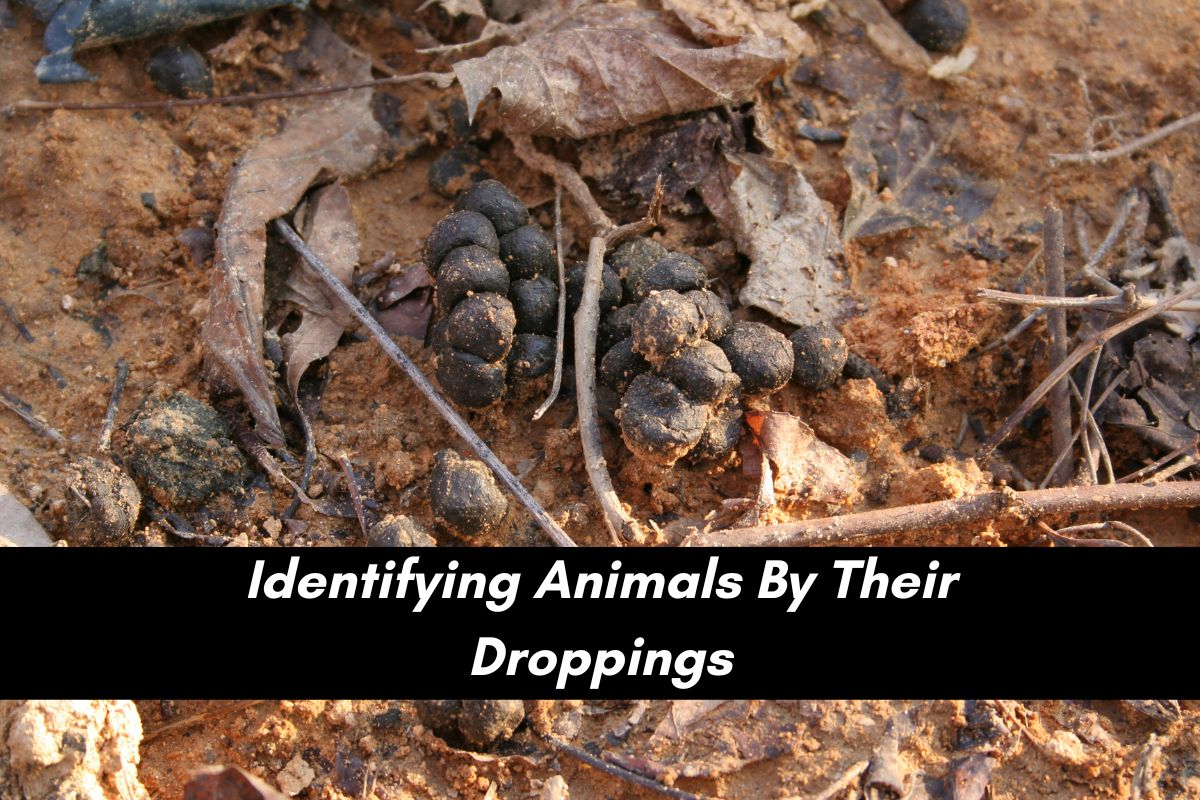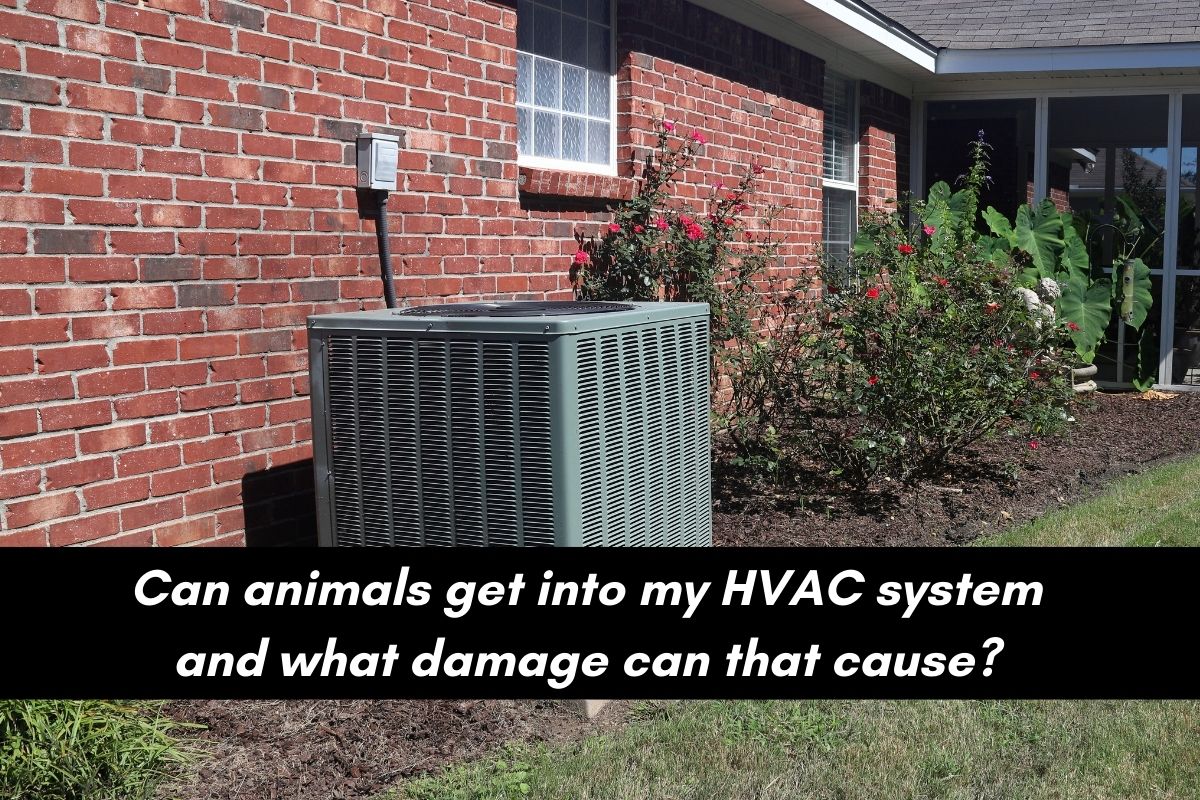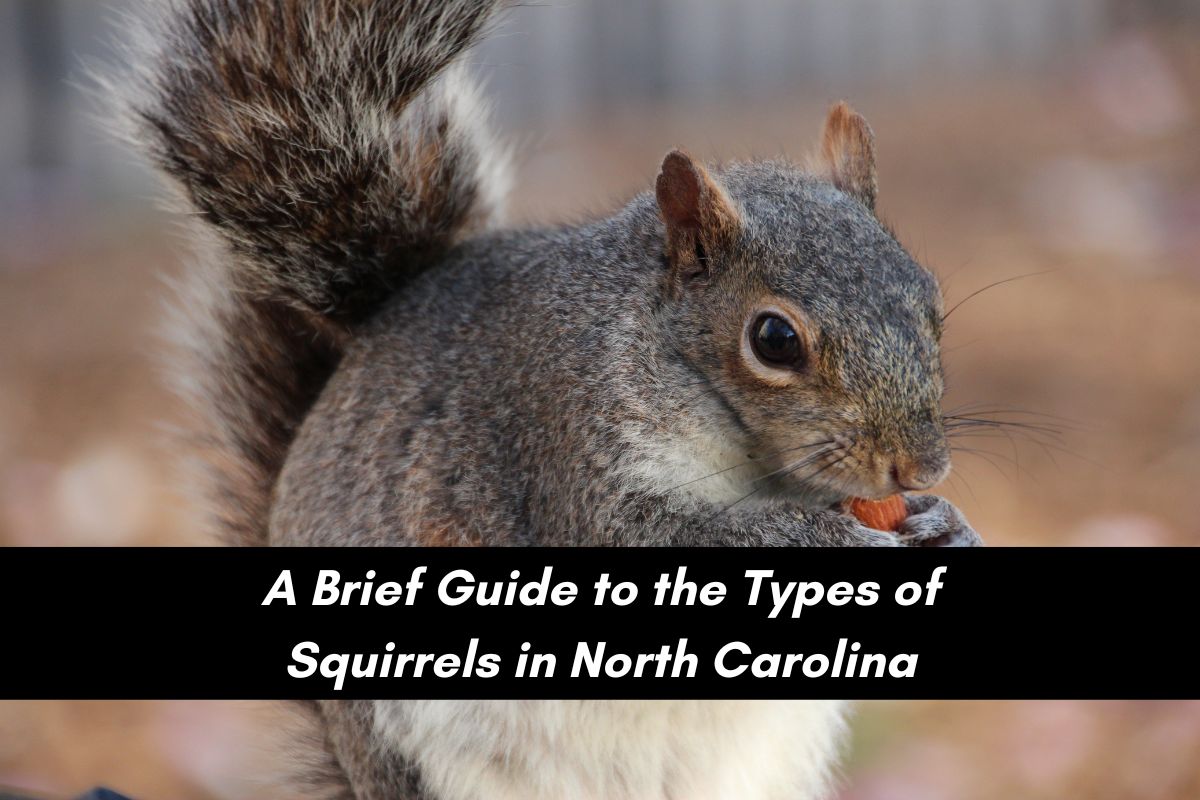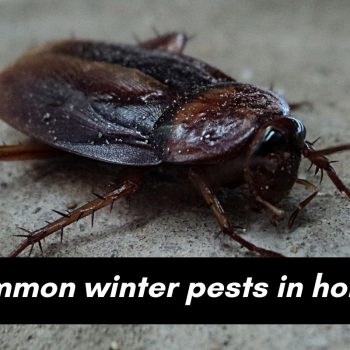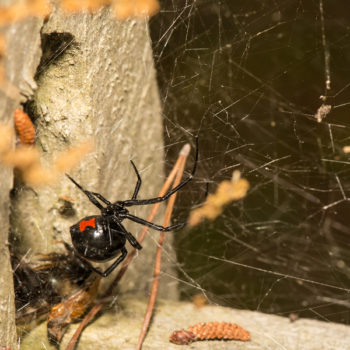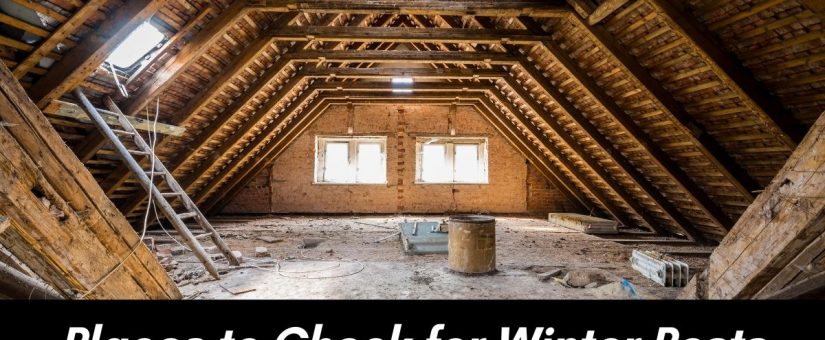
Where to check for winter pests in your home
- Posted by gordonb
- On January 4, 2022
- 0 Comments
Animals in the Triangle of North Carolina like to stay warm in the winter just like people do. And one of the easiest places for them to do that is in your home. There are places from the roof to the crawl space where pests move in for the winter, usually going completely undetected.
With some pests, this isn’t a big deal, but other times, pests can create an unsafe environment due to their chewing of electrical wires, diseases from their waste or even biting when they are cornered. If you want to know if there are any pests in your home this winter, check below for a few places you can look for these unwanted guests.
The Attic
Starting from the top, you should check your attic. There are all manner of critters who make their homes in attics, and because you rarely go up there, they are able to build nests and have entire generations of young without many homeowners knowing. The type of pests typically seen in an attic are ones that can climb and fly high enough to come and go — especially rodents and birds. Squirrels and roof rats are common rodents to see in an attic, and sparrows and pigeons are common birds. Bats are also frequently seen since they can fly in and out easily.
When checking for pests in an attic, the smell is often the first thing you’ll notice. Animal waste that is left to build up over time can create a strong odor. It can also carry diseases, so make sure to take precautions when cleaning it up. Waste in old boxes of photographs or keepsakes will also ruin priceless items you thought were safe in storage. Listen for scurrying above too, since rodents will move around at night.
Exterior openings
Other places, most of them high up, that pests will invade include your chimneys, vent openings and gutters. The heat radiating from your home is attractive to animals even if they are outside. Vents and chimneys radiate a lot of heat as well. Pests that are often found in these exterior openings are rodents and birds. Birds especially like to make nests in bathroom and dryer vents. But be careful moving or exterminating birds, since only three birds (pigeons, house sparrows and European starlings) are pests, while the rest are legally protected.
Behind the walls:
Bugs will actually hibernate behind the walls of homes in a process known as “overwintering.” Ladybugs, boxelder bugs and stink bugs are three of the most common overwintering bugs you’ll find in your home. None of them cause enough trouble to where you’ll need to tear out the drywall and eliminate them all, but you can still be aware of their presence and even block their entrance so they pick another spot next year.
Two ways you will notice them are when they wander out randomly in small numbers or when they come out in large numbers on an unusually warm winter day. The ones that wake up randomly will often be alone, or with one or two others, and will be easy to capture or kill since they will be lethargic and slow moving. On a warm day, many more will wake up though, and you may see a swarm just outside your home. Ladybugs will frequently swarm on a warm day in the winter and then come back to their overwintering spot in your walls. You can note where you see them swarming and look for where they are entering and exiting.
The Garage
Garages have a lot of storage for animals to nest in, just like an attic. For this reason, garages see mice, insects, and other pests. While garages are lower, so they would seem to be easier to access than attics, they see fewer pests because people are much more frequently present in the garage, which makes them unattractive. You should, however, still keep an eye out for animal waste from a rodent or a colony of ants or termites. These are fairly common and can create problems.
A snake might find your garage to be the height of luxury and settle in for a prolonged stay. Snakes can enter garages for several reasons. Snakes are cold-blooded and very susceptible to temperature changes, so your garage might offer them relief from extreme heat or cold. Snakes also enter homes to look for food–typically rodents–so if snakes have taken up residence in your home, it’s likely rodents have too. Sometimes, however, snakes can wind up in your garage simply by accident.
Crawl space
And last and lowest, but not least, we have the crawl space. This is probably the biggest hot-spot for pests, not only in the winter, but all year long. It has all the advantages of the attic or the garage (warmth, protection from weather, debris to make nests from) but with none of the downsides (frequent human presence). In fact, many homeowners live for decades in a residence and never once even shine a flashlight in their crawl space. They will become alerted to the presence of a pest though if there is a smell (from waste or a dead animal) or if pipes, wires, insulation or framing becomes damaged by pest activity.
Have you seen animals in any of these spots? Critter Control of the Triangle can help you safely and effectively remove them. Those living in Raleigh, Durham, Chapel Hill, Cary, Wake Forest or the surrounding areas of the Triangle can call 919-382-0651 today.




